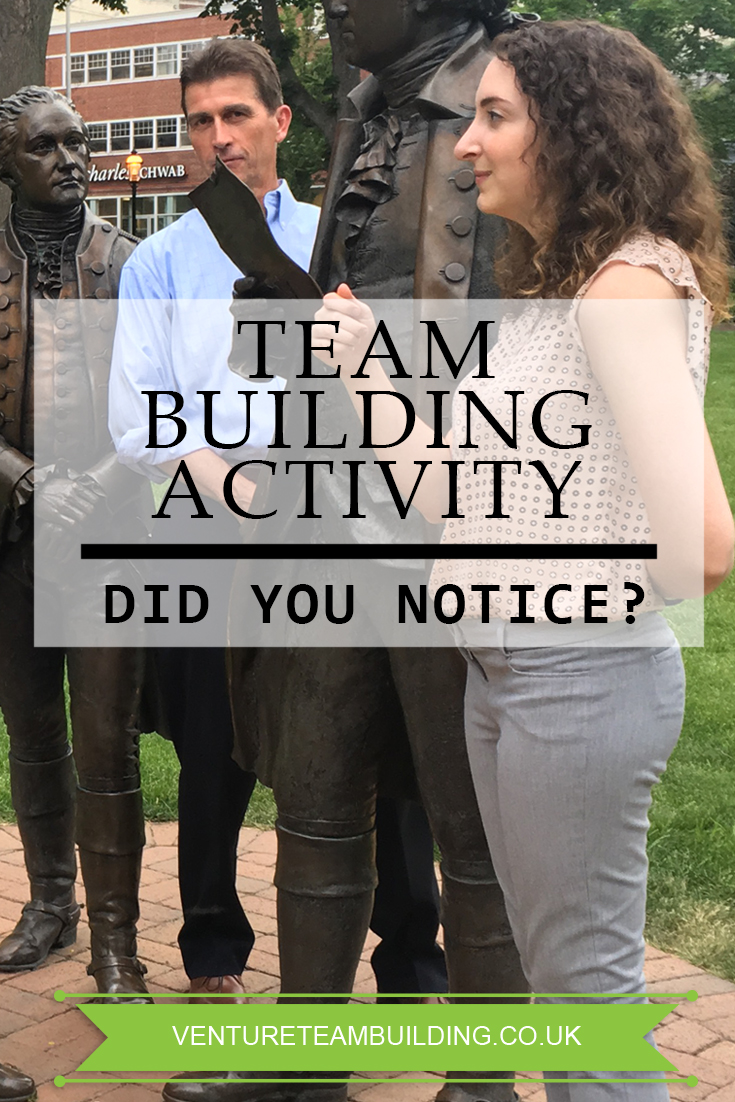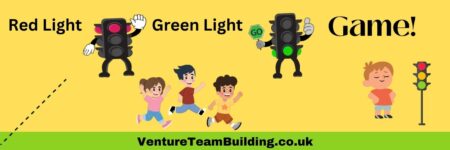Overview:
In this activity, participants will be challenged to use active listening and awareness skills.
Resources:
- None
Space Required: Can be indoors or outdoors.
Group Size: Any size group
Total Time: 25 minutes
- 5 minutes to describe activity and get participants into pairs
- 10 minutes for the activity
- 10 minutes to review and debrief
Prerequisite: None
Set Up
- Have participants break off into pairs. They can either sit or stand facing each other – sitting is preferred.
Running the Activity
- Objective: For participants to sharpen their listening and awareness skills.
- Have each pairing decide who is Partner A and Partner B.
- Round 1: Facing each other, they will each spend two minutes discussing a topic given by the facilitator.
- Partner A will speak first and Partner B’s job is to listen as fully and completely as they can.
- The facilitator should use a topic that is relevant and interesting to your group.
- Call time after the first two minutes and instruct Partner B to speak.
- Round 2: Now, participants should spend 1 minute each reiterating what they heard the other person say. Partner B should start and say everything they remember being said by Partner A.
- Then switch and have Partner A say everything they remember being said by Partner B.
- Round 3: Then, ask the participants to move their chairs so they are facing away from their partner.
- Have each partner spend 1 minute describing the other person without looking at them. What they are wearing, the color of their eyes, etc.
Suggested Learning Outcomes:
- Active Listening
- Awareness
- Body Language
- Distractions
- Communication
Activity Guidance and Notes:
Having an interesting and relevant topic is key to a good discussion. Also, if you have a larger room, move the pairings away from each other so it is less distracting. Make sure you call time between each round so that one partner does not dominate the conversation. This is likely to happen if you have a pairing of an introvert and extrovert. This activity helps illustrate that listening happens with your ears and your eyes. Words are a small part of communication. Tone and body language reveal much more information.
Review:
Suggested questions to ask:
- How do you define active listening?
- What aspects of active listening were difficult for you?
- Did you find yourself focusing on a particular part of a conversation? If so, why?
- When you were asked to describe your partner, how successful where you?
- Do you think you paid more attention to words, tone or body language when listening?
- What message do you get when a person’s words seem incongruent with their body language?




